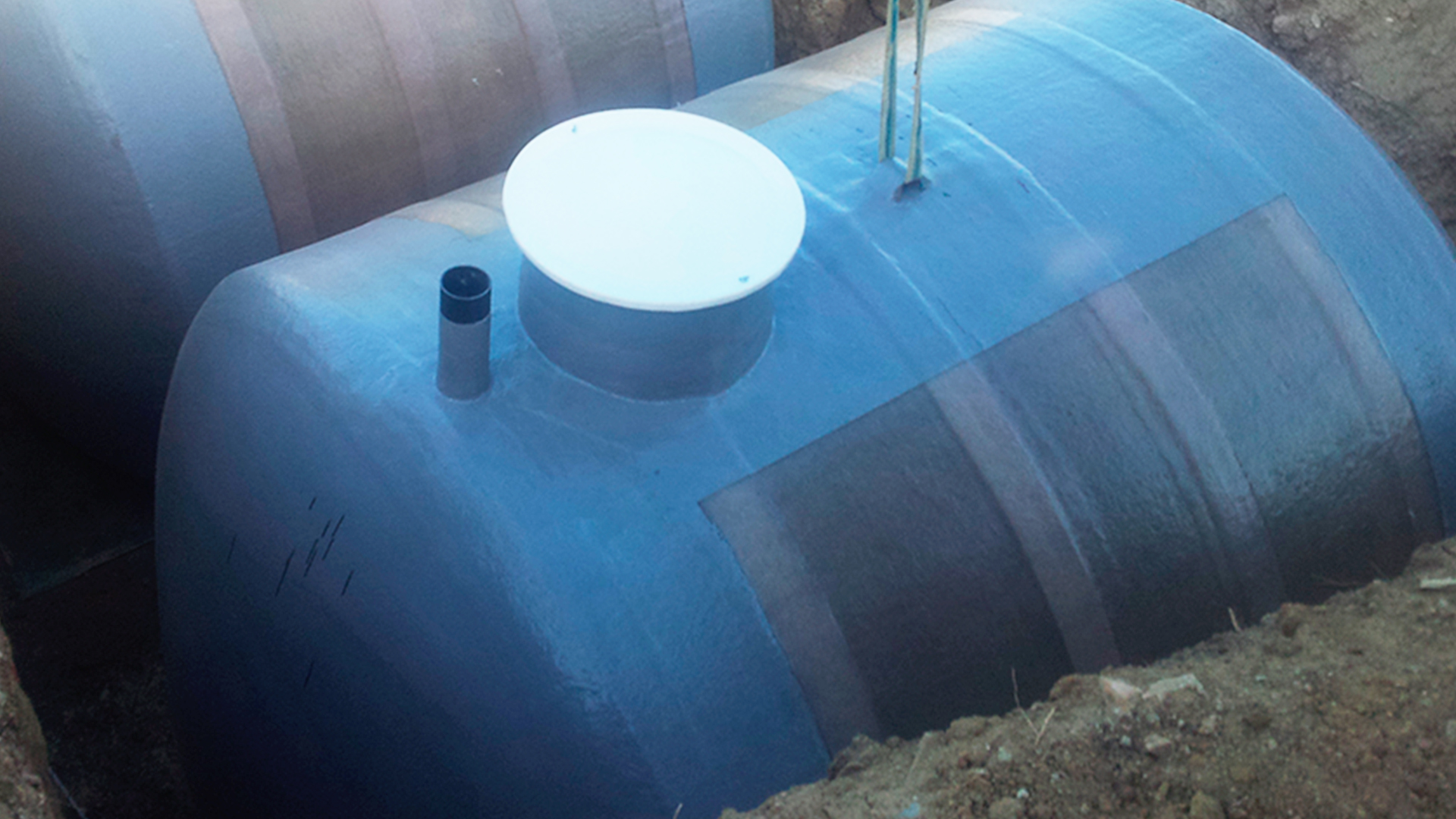A rainwater tank is a valuable sustainable solution for collecting and storing rainwater runoff from roofs for later use. This practice not only conserves water but also reduces reliance on municipal water supplies. In this article, we will delve into what rainwater tanks are, the different models available, their various uses, and the essential maintenance required to keep them functioning efficiently.
Understanding rainwater tanks
A rainwater tank, also known as a rain barrel or water butt in smaller sizes, is a container designed to collect and store rainwater from rooftops through a gutter system. These tanks come in various sizes and materials to suit different needs and climates. Typically, rainwater tanks are installed adjacent to buildings where rainwater can easily be diverted into them.
Types of rainwater tanks
- Polyethylene tanks: These are the most common type of rainwater tanks due to their affordability, durability, and lightweight nature. Polyethylene tanks come in various shapes and sizes, from slimline tanks that can fit against narrow spaces to round tanks that can store large volumes of water.
- Steel tanks: Steel rainwater tanks are robust and can withstand extreme weather conditions. They are often used in commercial or industrial settings where larger volumes of water storage are required. Steel tanks can be more expensive than polyethylene tanks but offer longevity and structural strength.
- Concrete tanks: Concrete rainwater tanks are durable and can be installed underground or above ground. They are suitable for large-scale water storage and can be custom-built to fit specific site requirements. Concrete tanks are heavy and may require professional installation.
- Fiberglass tanks: Fiberglass rainwater tanks are lightweight yet strong, making them suitable for above-ground installation. They are resistant to corrosion and can be a good option for areas with harsh weather conditions.
Uses of rainwater tanks
Rainwater tanks serve various practical purposes, both domestically and commercially:
- Domestic use: In households, rainwater tanks can supply water for gardening, washing cars, flushing toilets, and even drinking when properly filtered and treated.
- Commercial use: Businesses and industries use rainwater tanks for non-potable water needs, such as irrigation, cooling systems, and manufacturing processes that require water of lower quality.
- Environmental benefits: Using rainwater reduces demand on municipal water supplies and stormwater runoff, which helps mitigate flooding and reduces pollution in rivers and streams.

Maintenance
To ensure rainwater tanks remain effective and hygienic, regular maintenance is essential:
- Clean gutters and filters: Ensure gutters are clear of debris and install leaf guards to prevent leaves and twigs from entering the tank. Clean filters regularly to maintain water quality.
- Inspect and repair tank structure: Check for cracks, leaks, or damage to the tank structure. Repair any issues promptly to prevent water loss or contamination.
- Monitor water quality: Regularly test the water for pH levels, bacteria, and contaminants. Install a first-flush diverter to divert the first flush of rainwater, which may contain pollutants, away from the tank.
- Flush and disinfect the tank: Periodically flush out sediment from the bottom of the tank and disinfect the tank interior using chlorine or other suitable disinfectants. Follow guidelines for safe disinfection practices.
- Inspect pump and plumbing: If using a pump to distribute rainwater, inspect it regularly for functionality and leaks. Check plumbing connections for leaks and ensure valves are operating correctly.
Practical examples
- Residential application: A household installs a polyethylene tank to collect rainwater from the roof. The water is used for watering the garden during dry periods, reducing reliance on municipal water.
- Educational institution: A school installs multiple fiberglass tanks to collect water for flushing toilets and irrigating sports fields. This reduces water consumption and teaches students about water conservation.
- Commercial building: A factory installs a large steel tank to collect water for cooling machinery. The collected rainwater reduces operating costs and environmental impact compared to using municipal water.
In conclusion, rainwater tanks are versatile and sustainable solutions for collecting and storing rainwater for various purposes. With different types available to suit different needs and environments, rainwater tanks contribute to water conservation efforts while offering practical benefits for households, businesses, and communities alike. Regular maintenance ensures the tanks remain efficient, hygienic, and reliable sources of water for years to come.
Visit: Water flavorings.

